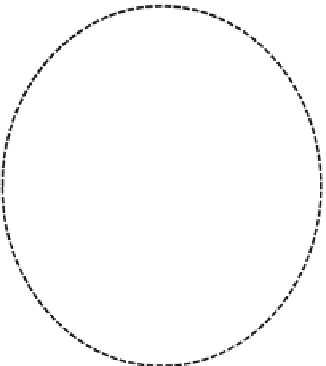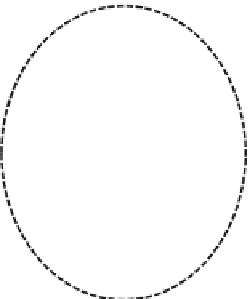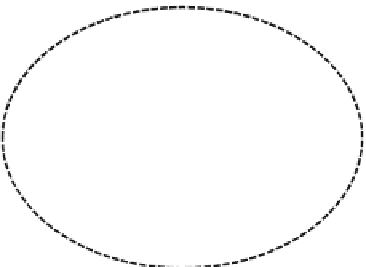Graphics Reference
In-Depth Information
Fig. 6.3
Three clusters derived from a set of two-dimensional data
quality. An illustration of a three cluster derivation from a set of 2-D data points is
depicted in Fig.
6.3
.
In terms of data reduction, the cluster representations of the data are used instead
of the actual data. In many applications, such as those in which data can be organized
into distinct groups, this technique is higly effective.
There is a vast number of clustering techniques for defining clusters and for
measuring their quality. In fact, clustering is surely the most popular and common
form of unsupervised learning in DM, as we have mentioned in Chap.
1
of this
book. For this reason, we have included it here due to the clear overlapping that
clustering has with data reduction. Unfortunately, this topic is not specifically devoted
to learning and a deep study on clustering is beyond the scope of this topic. However,
the reader may consult the following references to an in-depth study: [
1
,
2
,
9
,
11
,
15
,
16
,
27
].








































































































